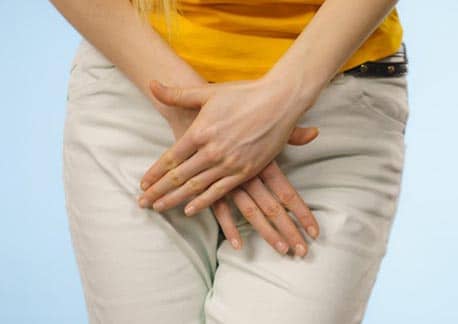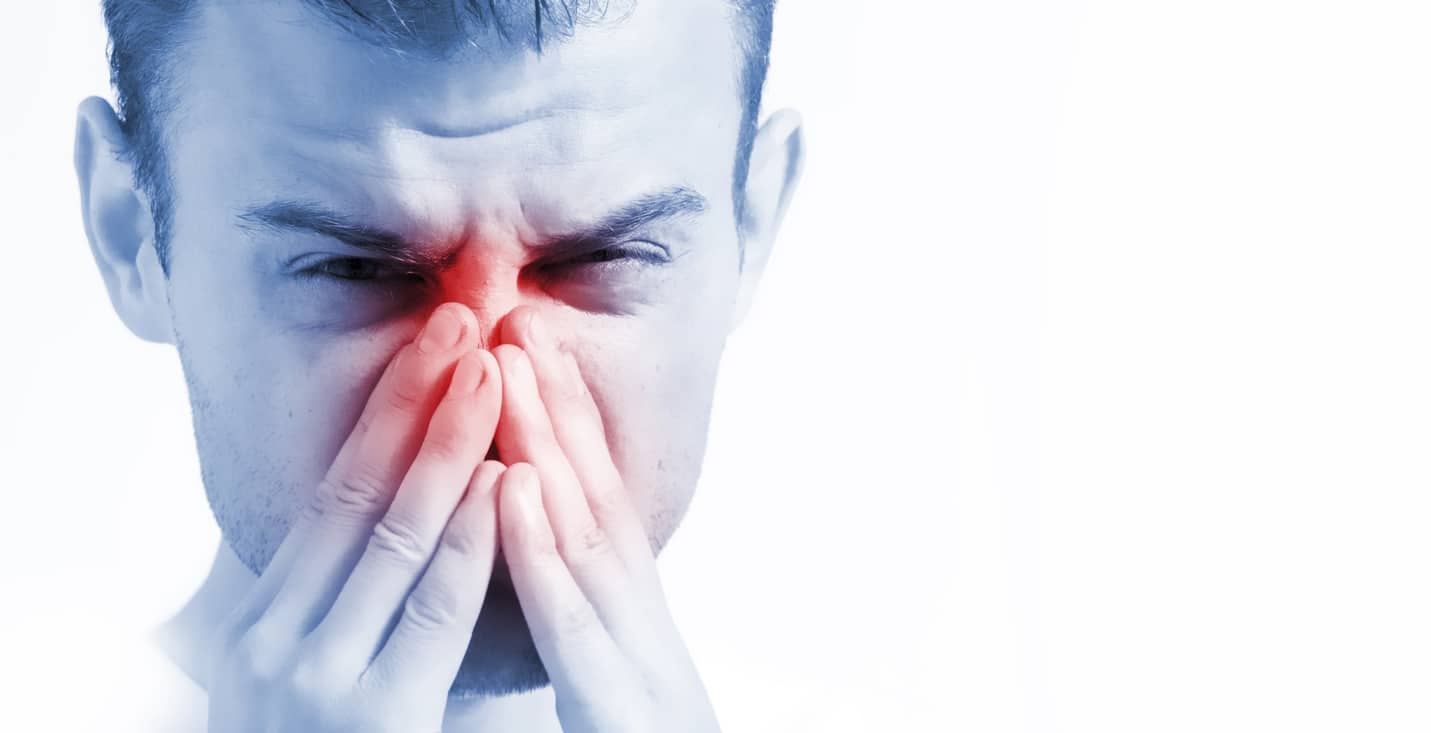
URINARY INCONTINENCE
URINARY INCONTINENCE is defined as any leakage of urine.it may occur with normal urinary tract e.g.in association with poor cognitiojn or poor mobility or transiently during an acute illness or hospitalization Especially in older people.Diuretics (medication ,alcohol or caffeine)may worsen incontinence The pattern of micturition is important in defining the incontinence ,and the patients should be encouraged to keep a voiding diary,including the estimated volume voided,frequency of voiding, Precipitating factors and associated features, e.g. URGENC. Examination includes an assement of cognitive function and mobility ,and of perineal sensation and anal Spincter tone since the innervations is from the same sacral nerve roots that supply the bladder and urethral spincture.
A general neurological assessment is required to detect disorders such as multiple sclerosis that may affect the nervous supply for the bladder ,and the lumbar spine should be inspected for features ofSpina bifida occulta. Rectal examination is needed to assess the prostate in men and to exclude faecal impaction as a cause of incontinence.Genital examination should identify phimosis and paraphimosis in men ,and vaginal mucosal atrophy, And cystoceles or rectoceles in women.
STRESS INCONTINENCE
In stress incontinence leakage occurs because passive bladder pressure exceeds the urethral pressure ,due to either poor pelvic floor support or a weak urethral spincture. This is very common in women and most often seen following childbirth ,and it is rare in men and then usually follows surgery to the prostate Urine leaks when the abdominal pressure rises,e.g. when coughing or snezzing.In women ,perinal inspection may reveal leakage of urine, when the patient coughs and sometimes also a proplase
URGE INCONTINENCE
In urge incontinence leakage usually occurs because of DETRUSOR OVER ACTIVITY producing an increased bladder pressure which over comes the urethral sphicture (motor urgency)urgency with or with out incontinence may also be driven by hypersensitive bladder(sensory urgency)resulting from UTI or BLADDER STONES.
CONTINUAL INCONTINENCE
This suggests the presence of a fistula ,usually between the bladder and vagina(vesicovaginal )or the ureter and vagina (uretero vaginal).This is most common following gynaecological surgery but is also seen in patiemnts with gynaecological malignancy or following radiotherapy The parts of the world where obstetrics services are scarce prolonged obstructed labour can be a common cause of vesicovaginal fistulae.Continual incontinence may also be seen in infants with Congenital ectopic ureters,occasionally stress incontinence is so severe that the patient leaks continuously
OVER FLOW INCONTINENCE
This occurs when the bladder becomes chronically over destended.It is most commonly seen in men with BENIGN PROSTATIC PLASIA or BLADDER NECK OBSTRUCTION ,but may occur in either sex as a result of failure ofr the DETRUSOR MUSCLE(ATONIC BLADDER).The later state may be idiopathic but more commonly is the result of damage to the pelvic nerves ,Either from surgery(hysterectomy or rectal excision),trauma or infection ,or from compression of the cauda equine from disc proplase ,trauma or tumour.
POST-MICTURITION DRIBBLE
This is very common in men ,even in the relatively young .it is due to a small amount of urine becoming Trapped in the U-BEND of the bulbar urethra, which leaks out when the patient moves.it is more pronounced if associated with a urethral diverticulum or urethral stricture .it may occurs in females with urthral diverticulum and may mimic stress incontinence.
INCONTINENCE IN OLD AGE
PREVALENCE:urinary incontinence after 15%of women and 10%of men aged over 65 years
CAUSES:Incontinence may be transient due to an acute confusional state ,urinary infection ,medication (such as diuretics)faecal impaction or restricted mobility and these should be treated before embarking
On further specific investigations
DETRUSOR OVER ACTIVITY:established incontinence in old age is most commonly due to detrusor over-activity which may be caused by damage to central inhibitory centres or local detrusor muscle aqbnormalities
CATHETERISATION :poor manual dexterity or cognitive impairment may necessitate the help of a carer to assist with intermittent catheterization.

 Whatsapp
Whatsapp 7337067700
7337067700 support@starhomeopathy.com
support@starhomeopathy.com



